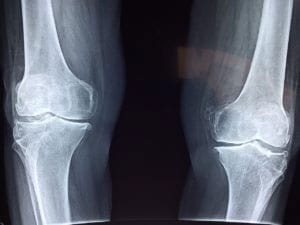A recent study aimed to uncover the incidence of osteomyelitis in Germany. The researchers explain that because the epidemiology of the disease is unknown, it is hard to estimate the future demands of the condition within the country.
This study therefore examines the incidence of each subtype of the disease and breaks down the patient population by gender, age, as well as anatomical localization.
Osteomyelitis
Osteomyelitis can occur due to the inoculation of bacteria to a bone directly. This may occur during open fractures, during surgery, or due to skin breakdown from vascular insufficiency, as well as peripheral neuropathy. It can also be caused by a hematogenous infection. Increasing rates of diabetes mellitus have also increased the rates of this condition.
Treatment works to eradicate the infection as well as to reconstruct the bone.
The Study
Researchers analyzed rates of disease incidence by using ICD-10 diagnosis codes from medical institutions in Germany between the years 2008 and 2018.
- In 2018, cases increased 10.44% compared to 2008
- Most cases were chronic (47.6%)
- 44.2% of all cases were acute, and this number rose in 2018 (61.85)
- 19.2% of all cases were unspecified
- Unspecified cases decreased
- Females (36.6%) were impacted less than males (63.4%) – (reason not yet understood)
- Most patients were between the ages of 60 to 69 and it appears the trend of patients is becoming older overall – (likely due to an aging population and population decline)
- Disease incidence rates decreased in younger patients
- The area most frequently affected were lower extremities (73.8%)
Looking Forward
The researchers emphasize through their findings how important it is to distinguish between periprosthetic joint infection (PJI) and osteomyelitis, which other studies have missed.
Additionally, they explain the limitations of their study. For instance, they were not able to distinguish between potential comorbidities like diabetes mellitus, trauma, medical devices, or peripheral vascular disease. Additionally, they did not analyze the distribution of the pathogens which were involved in the infection.
In conclusion, the scholars explain that osteomyelitis is a serious issue, specifically for trauma and orthopedic surgery patients in Germany and similar countries. There is a need for improved prevention strategies as well as new treatments for this patient population. An interdisciplinary approach may be the solution.
You can read more about this study and the incidence of osteomyelitis in Germany here.


.jpg)





